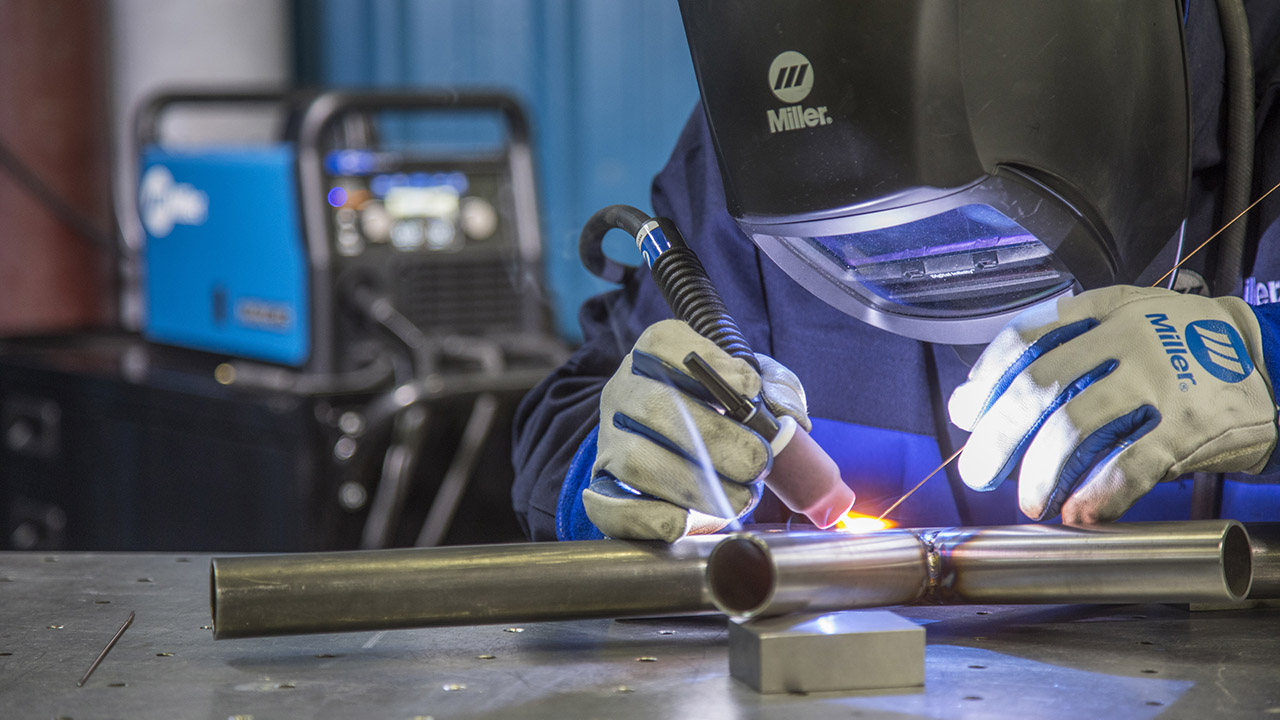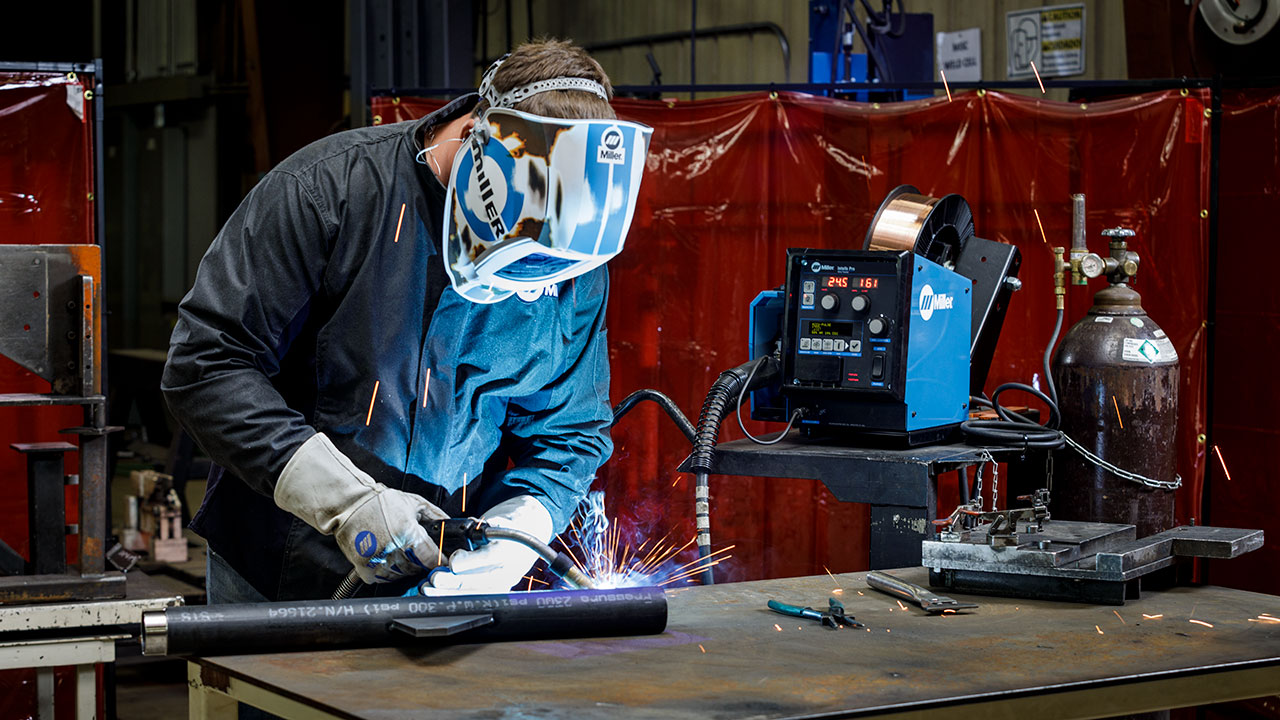Advanced Welding WPS: Customizing Specifications for Facility Projects
Advanced Welding WPS: Customizing Specifications for Facility Projects
Blog Article
Getting Welding Excellence: Introducing the Keys of WPS Application and Optimization
In the world of welding, attaining quality is a quest that hinges on the precise execution and optimization of Welding Treatment Specs (WPS) By delving into the key elements, strategies, challenges, and finest methods connected with WPS, a world of welding quality waits for those that are eager to discover its depths.
Relevance of WPS in Welding
The Relevance of Welding Treatment Requirements (WPS) in the welding industry can not be overstated, acting as the foundation for making certain uniformity, top quality, and safety and security in welding procedures. A WPS gives thorough directions on exactly how welding is to be carried out, consisting of necessary variables such as materials, welding procedures, joint style, filler metals, interpass and preheat temperature levels, welding currents, voltages, traveling speeds, and much more. By sticking to a well-defined WPS, welders can keep uniformity in their job, resulting in consistent weld top quality throughout different projects.

Key Aspects of WPS
Reviewing the essential elements of a welding treatment requirements (WPS) is important for understanding its role in welding procedures. One crucial element of a WPS is the welding procedure specification, which outlines the certain welding procedures to be utilized, such as gas tungsten arc welding (GTAW) or secured metal arc welding (SMAW) By integrating these vital components into the WPS, welding procedures can be standardized, guaranteeing top quality, efficiency, and security in welding operations.
Strategies for WPS Optimization

Second of all, training and qualification of welding workers according to the details requirements of the WPS is vital. Providing detailed training programs and ensuring that welders are accredited to implement procedures described in the WPS can bring about better welds and minimized rework.
Additionally, leveraging innovation such as welding software program and monitoring systems can help in enhancing WPS. These devices can aid in monitoring variables, ensuring parameters are within specified limitations, and offering real-time comments to welders, allowing them to make prompt changes for boosted weld quality.
Common Difficulties and Solutions
Dealing with barriers in applying the approaches for WPS optimization can impede welding procedures' effectiveness and quality. One common obstacle is poor training or understanding of the welding procedure requirements (WPS) among the welding team.
One more obstacle is the lack of correct documents and record-keeping, which is necessary for WPS optimization. Without clear records of welding criteria, materials made use of, and inspection outcomes, it becomes tough to identify areas for enhancement and guarantee uniformity in welding processes. Carrying out a robust paperwork system, such as electronic welding management software, can aid enhance record-keeping and help with data analysis for continual renovation.
Furthermore, inconsistent welding devices calibration and upkeep can posture a considerable challenge to WPS optimization. Normal equipment checks, calibration, and upkeep schedules should be abided by strictly to guarantee that welding criteria are accurately regulated and maintained within the defined resistances (welding WPS). By attending to these usual challenges with proactive remedies, welding operations can improve efficiency, high quality, and general welding quality
Ideal Practices for WPS Application
To ensure successful WPS execution in welding procedures, adherence to market requirements and precise attention to detail are vital. When useful link launching WPS implementation, it is crucial to begin by completely comprehending the particular welding needs of the project. This entails a detailed review of the welding treatment requirements, materials to be bonded, and the ecological conditions in which the welding will happen.
As soon as the requirements are clear, the next action is to pick the ideal welding procedure that aligns with these specs. This involves seeking advice from the appropriate codes and requirements, such as those given by the American Welding Culture (AWS) or the International Organization for Standardization (ISO), to guarantee compliance and high quality.
Moreover, documenting the whole WPS implementation process is essential for traceability and quality assurance. Thorough records must be maintained pertaining to welding parameters, product preparation, preheat and interpass temperature levels, welding consumables made use of, and any variances from the initial procedure. Normal audits and reviews of the WPS can help determine locations for improvement and make sure ongoing optimization of the welding process.


Final Thought
In verdict, the execution and optimization of Welding Treatment Requirements (WPS) is crucial for achieving welding quality. By understanding the crucial elements of WPS, carrying out effective strategies for optimization, dealing with typical difficulties, and complying with finest methods, welders can ensure premium welds and risk-free working conditions. It is necessary for specialists in the welding market to focus on the proper application of WPS to improve overall welding efficiency and achieve desired end results.
The Significance of Welding Treatment Specs (WPS) in the welding sector can not be overemphasized, offering as the backbone for guaranteeing consistency, top quality, and safety in welding procedures. A WPS offers thorough directions on just how welding is to be lugged out, consisting of necessary variables such as materials, welding procedures, joint style, filler steels, interpass and preheat temperatures, welding currents, voltages, travel rates, and extra. One important element of a WPS is the welding process requirements, which outlines the specific welding top article procedures to be made use of, such as gas tungsten arc welding (GTAW) or secured steel arc welding (SMAW) By integrating these essential elements right into the WPS, welding procedures can be standardized, ensuring top more helpful hints quality, efficiency, and safety and security in welding procedures.
It is imperative for experts in the welding industry to focus on the proper application of WPS to boost general welding performance and accomplish wanted results.
Report this page